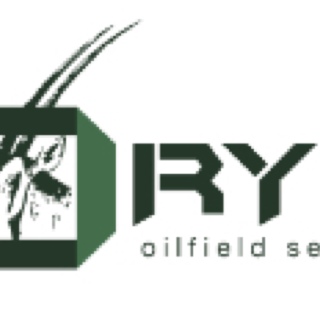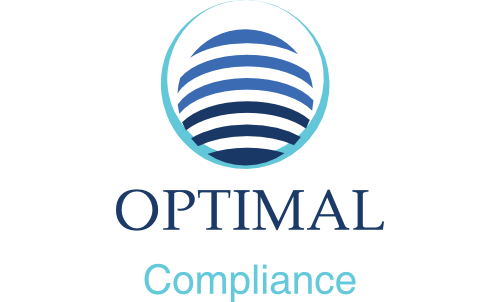Information
-
Audit Title
-
Document No.
-
Client / Site
-
Conducted on
-
Prepared by
-
Location
-
Personnel
Incident details
-
Date and time of incident;
-
Name of injured or details of non injury incident
-
Date of birth.
-
Address of injured person.
-
Injured parties work status.
- M Lambe Employee
- M Lambe Subcontractor
- Clients Employee
- Clients Subcontractor
- Visitor
- Member of Public
- M Lambe Apprentice
-
Job Title.
-
Name of Principal Contractor
- Balfour Beatty
- Bellway Homes West Midlands
- Bellway Homes Home Counties
- Bromford Homes
- Crest Nicholson
- David Wilson Homes
- Galliford Try
- Jelson Homes
- Jessup
- Keepmoat Homes
- Kier Homes
- Lovell Partnership
- McCarthy & Stone
- Miller Homes
- M Lambe Construction Ltd
- Morris Homes
- Persimmon Homes
- Walton Homes
- William Davis
-
Site Address that the incident took place (Or other address where off site).
-
Detailed description of location of incident (please be specific, plot numbers, chainage ref etc).
-
Classification of Incident
- Minor Injury
- Dangerous Occurance
- 3 Day Injury
- 7 Day
- Non Fatal accident (non worker)
- 24hr Hospitalisation
- Specified Injury
- Occupational Disease
- Death
-
Detailed description of injury stating clearly which body part affected and details of the item causing the injury.
-
Sketch of location if not easily identified by plot number and/or photo
-
Photos of location and associated aspects.
-
Where was the Medical treatment first provided?
- On Site First Aid
- Off Site Doctor
- On Site Ambulance
- Off Site Hospital (A&E)
- Refused
- N/A
-
Has this incident been recorded in the accident book? Or recorded as a near miss?
-
who's?
- M Lambe Construction Ltd
- Client / PC
-
Ensure where it has been recorded in the clients accident book that a copy is taken for our records and is sent to head office for secure storage and tracking (with injured parties consent).
-
Were there any witnesses?
-
Weather conditions.
- Clear
- Overcast
- Fog
- Snow
- Rain
- High Winds
- Extremely warm day
- Extremely cold day
- Dark (Low visibility)
- Below 0 degrees Celcius
Time line for the accident
-
Set out the time line for the incident. this should include Task start time, incident time, response time (first Aid, Ambulance etc).
Who has been contacted, how and when?
-
Emergency Services informed?
-
Service Provider informed (Service Strike)
-
HSE Informed?
-
Police Informed?
-
Client (PC) Informed?
-
College (Apprentices)
Injured Party statement (where applicable)
-
Name & Signature of the injured party
Witness statements
-
Witnesses 1
-
Name and signature of the witness 1
-
Witnesses 2
-
Name and signature of the witness 2
Injured Party Restrictions.
-
Will the injured party have any restrictions following the incident?
-
Further details on restrictions. Include information on job specific restrictions and assumed timescales in relation to these.
Action: Short Term
-
Contributing causes of the Incident: (Inadequate training, Inadequate supervision. Employee not following correct safety procedures and instructions)
-
What was the immediate action taken to correct the issue (how was this done):
-
Who was the responsible party for correcting the issue:
Action: Long Term
-
What is the long term action needed to correct the issue:
-
Who was the responsible party for correcting the issue:
Additional Information
-
Lessons Learned:
-
Please provide attachments : Pictures, Drawings, Training Records, Statement of Employee, Statement of Witness/es, Other. Which may have been taken prior to this report being compiled.
Investigation Conclusions
Person Completing Form (please sign below)
-
The above report a true reflection of the Incident to the best of my knowledge.
Manager/Supervisor in Charge (please sign below)
-
The above report a true reflection of the Incident to the best of my knowledge.
Injured Party witnessing the completion of this document agrees with the content and that it is a true reflection of the Incident to the best of their knowledge.
-
The above report a true reflection of the Incident to the best of my knowledge.
Person Accepting Liability (Where Applicable)
-
Confirmation that the below accepts that a safe system of work, mandatory requirement, has not been followed which was a contributing factor in relation to the incident occurring.
Follow on Information.
-
Was the incident classified as Reportable under RIDDOR?
-
Name of person submitting RIDDOR report.
-
Date of RIDDOR submission.
-
Did the HSE or Police attend site?
-
Give details including name of HSE Inspector, site representative who met them, and their findings.
-
Was any action taken against M Lambe Construction Ltd in relation to this incident? If so what?












